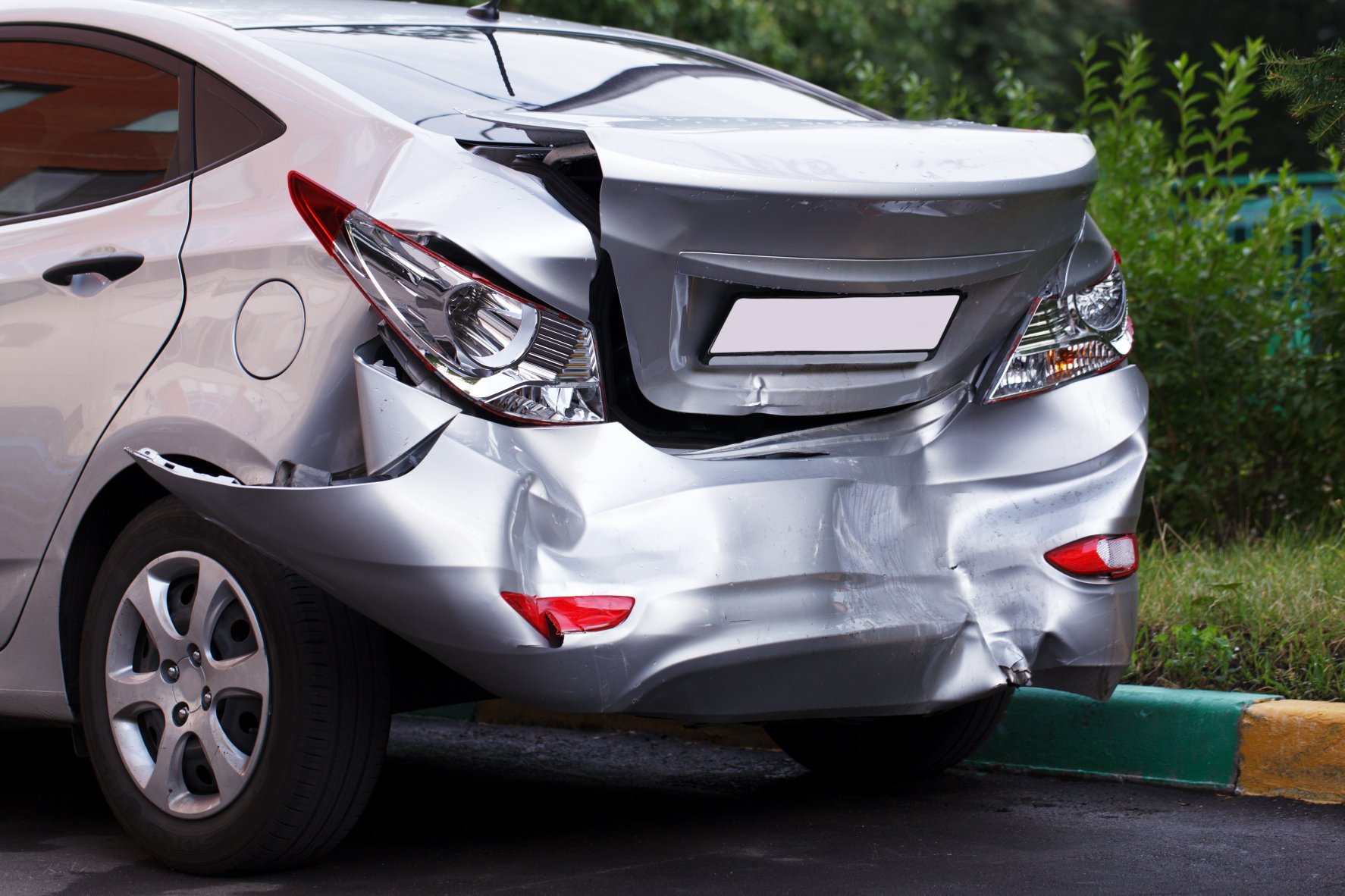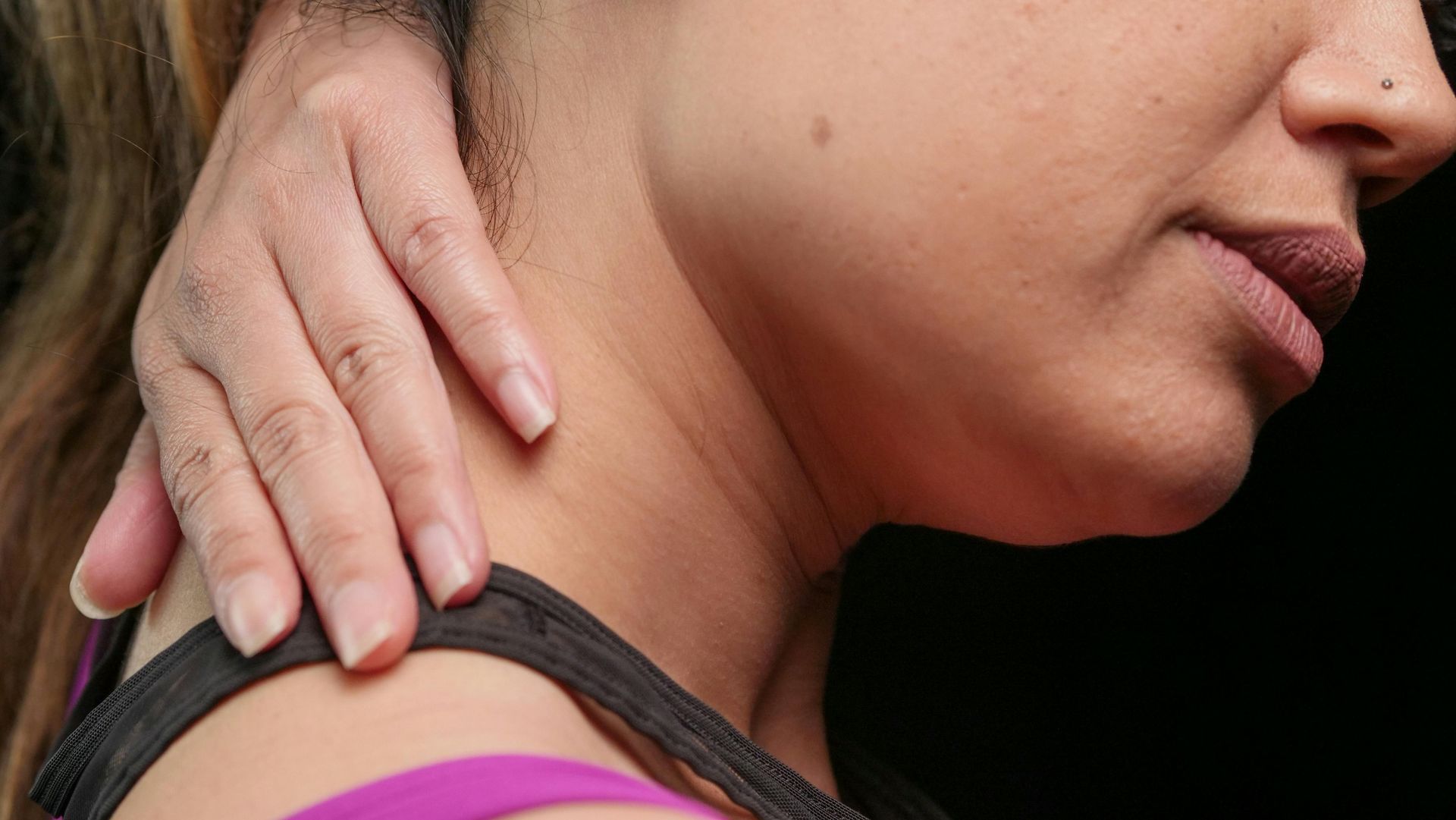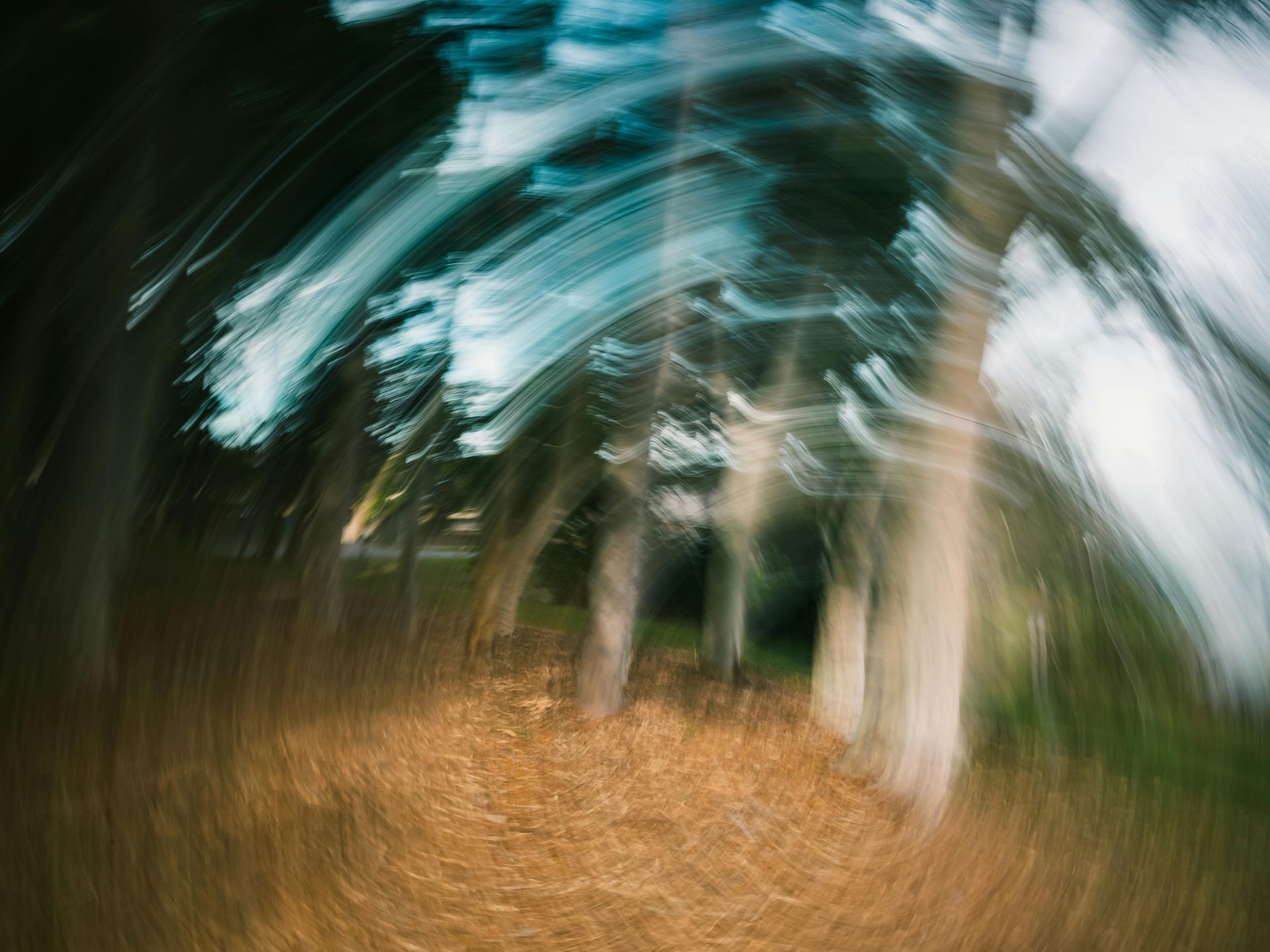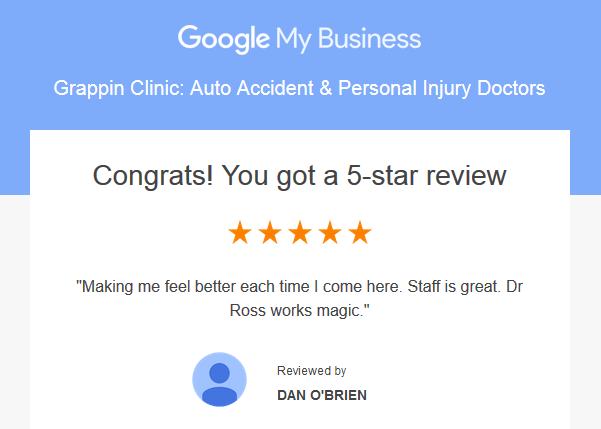Important Facts about Spinal Disc Conditions
Spinal Disc Conditions Of all the biomechanical (structural) ailments of the spine, a disc condition can be one of the hardest to treat. It requires the longest amount of healing time, approximately twelve weeks. In contrast, a muscle strain will usually heal in two to four weeks and a ligament strain in four to six […]
<h3> <a href="https://irp-cdn.multiscreensite.com/a2dcf249/spinal-disc-back-conditions.jpg"> <img class="alignleft size-medium wp-image-438" src="https://irp-cdn.multiscreensite.com/a2dcf249/spinal-disc-back-conditions-247x300.jpg" alt="spinal-disc-back-conditions" width="247" height="300" srcset="https://irp-cdn.multiscreensite.com/a2dcf249/spinal-disc-back-conditions-247x300.jpg 247w, http://grappinchiropracticclinic.com/wp-content/uploads/2015/08/spinal-disc-back-conditions-845x1024.jpg 845w, https://irp-cdn.multiscreensite.com/a2dcf249/spinal-disc-back-conditions.jpg 1315w" sizes="(max-width: 247px) 100vw, 247px"/> </a> Spinal Disc Conditions </h3>
Of all the biomechanical (structural) ailments of the spine, a disc condition can be one of the hardest to treat. It requires the longest amount of healing time, approximately twelve weeks. In contrast, a muscle strain will usually heal in two to four weeks and a ligament strain in four to six weeks.
The lack of a direct source of blood supply is the main reason the disc takes so long to heal. A disc only receives nutrients when the motion of the bones above and below the disc causes some blood within that bone to be pumped into the disc. However, this pumping action actually becomes hindered due to the attendant back muscle spasms, which develop to protect the back from further injury.
The intervertebral disc is made up of two components, an outer ligamentous wound covering, called the annulus and an inner jelly‑like substance called the nucleus pulposus. The nucleus provides the main cushioning effect while the annulus acts as the container that holds the disc between the vertebrae and keeps the jelly‑like nucleus in place.
The design of intervertebral disc is such that it can withstand a tremendous amount of compressive pressure. In fact, under heavy lifting with the spine straight, you would fracture the vertebra before you would ever rupture a normal disc. However, the high load capacity of our discs do not do well when we subject them to shearing (twisting) force.
Tearing of the annular fibers (outer covering) of the disc can happen slowly and gradually or abruptly in a traumatic situation. Small tears may or may not exhibit pain. This is because the nerves that reach the disc are very small and do not cover a lot of the area. Sometimes when minor tearing occurs, the pain will be described as a twinge. On the other hand, severe tearing almost always results in sudden, prolonged, and worsening pain, which is accompanied by muscle spasm and possibly referred pain into an extremity (arm or leg, depending on where the disc damage occurs.)
When tearing becomes extensive enough that the nucleus pulposus can no longer be contained within the center of the disc, the jelly‑like substance that makes up the nucleus begins to migrate out. This shifting of the nuclear material causes the joint to function poorly. This in turn places the joint under added stress with during movement and makes the disc even more susceptible to repeated stress injuries.
If annular tearing continues slowly, a condition called a degenerative disc disease may result. This is a disc condition where the disc slowly looses its elasticity through a repeated process of wear and tear. The result is a thin disc that functions poorly as part of the joint complex and also functions poorly as a shock absorber for the spine.
If annular tearing occurs quickly, or if a weakened disc receives enough stress to tear through an already compromised area, the result will be a shift of the nucleus from the center towards the outside of the disc. This condition is referred to as a disc bulge or herniated disc (slipped disc.) A small migration of nuclear material, 3mm outside the disc or less, may be called a disc bulge or protrusion. A disc herniation is generally larger. If disc material actually escapes and separates from the outer edge of the disc a prolapsed disc is the correct diagnosis.
Chronic disc conditions can be the result of a poorly healed injury or from excessive and repetitive stress. As more wear occurs, the disc becomes dehydrated (dries out) and becomes thin. Calcium salts may try to invade the disc and the surrounding tissue. This is the way the body tries to stabilize the weakening disc. The result over time is joint spurs (arthritis) and a poorly functioning back joint. Stiffness and dull aching pain are usually reported in these classic cases of chronic disc disease.
In the lower back, the position of the herniation also determines the symptoms. For instance, if the disc herniation is near the center of the spine, the pain may only be experienced in the back. The pain with this type of herniation gets a bit better when you lean into the side of pain and worsens when you lean away from the side of pain. A disc herniation on the lateral side (away from the center of the spine.) may only cause leg pain. The pain from this type of herniation decreases when you lean away from the side of pain and worsens when you lean into the side of pain.
Your Doctor of Chiropractic is specially trained in the treatment of the spine and through careful history, examination, and imaging (xray and MRI) your chiropractor can diagnose and treat most disc disorders. Your chiropractor can also discuss with you any need for surgical intervention, should your diagnosis warrant a more radical surgical solution.
Your chiropractor may also recommend and fit you with a special back brace to prevent re‑injury and reduce pain. Nutritional recommendations should also be followed to aid in the healing process.. For instance, a substance called glucose‑amino chondroitin sulfate is lost from injured discs and may be replaced to a degree with supplements. Remember that disc injuries take approximately twelve weeks to heal. Patience is required to cope with the expected ups and downs; however, with successful treatment and time, the results can be a welcome alternative to the use of drugs or back surgery.
Chiropractors also frequently treat degenerative disc conditions. With manipulation and other supportive measures such as applications of moist heat, stretching, massage therapy, and proper exercise, the pain and discomfort of degenerative joint disease can be greatly eased.
With proper continued care, the arthritic process can be slowed or halted. Remember that if you have suffered from a previous disc condition in the past, it would be wise to take good care of your spine and see your chiropractor as recommended. A disc can never heal as good as new but with good care, strengthening and support to the surrounding tissue, your back may be spared the early onset of joint arthritis, which so commonly follows a disc injury.






























